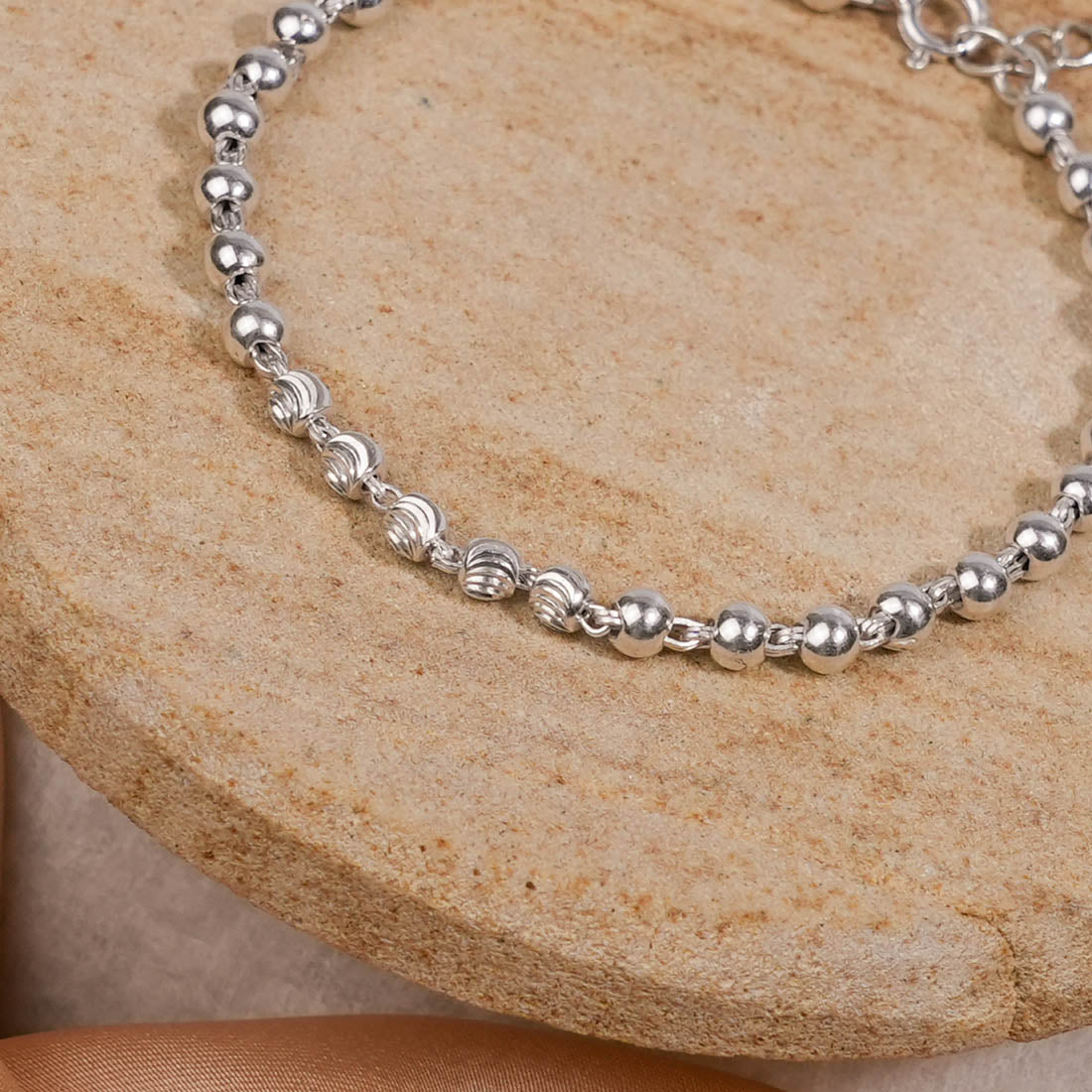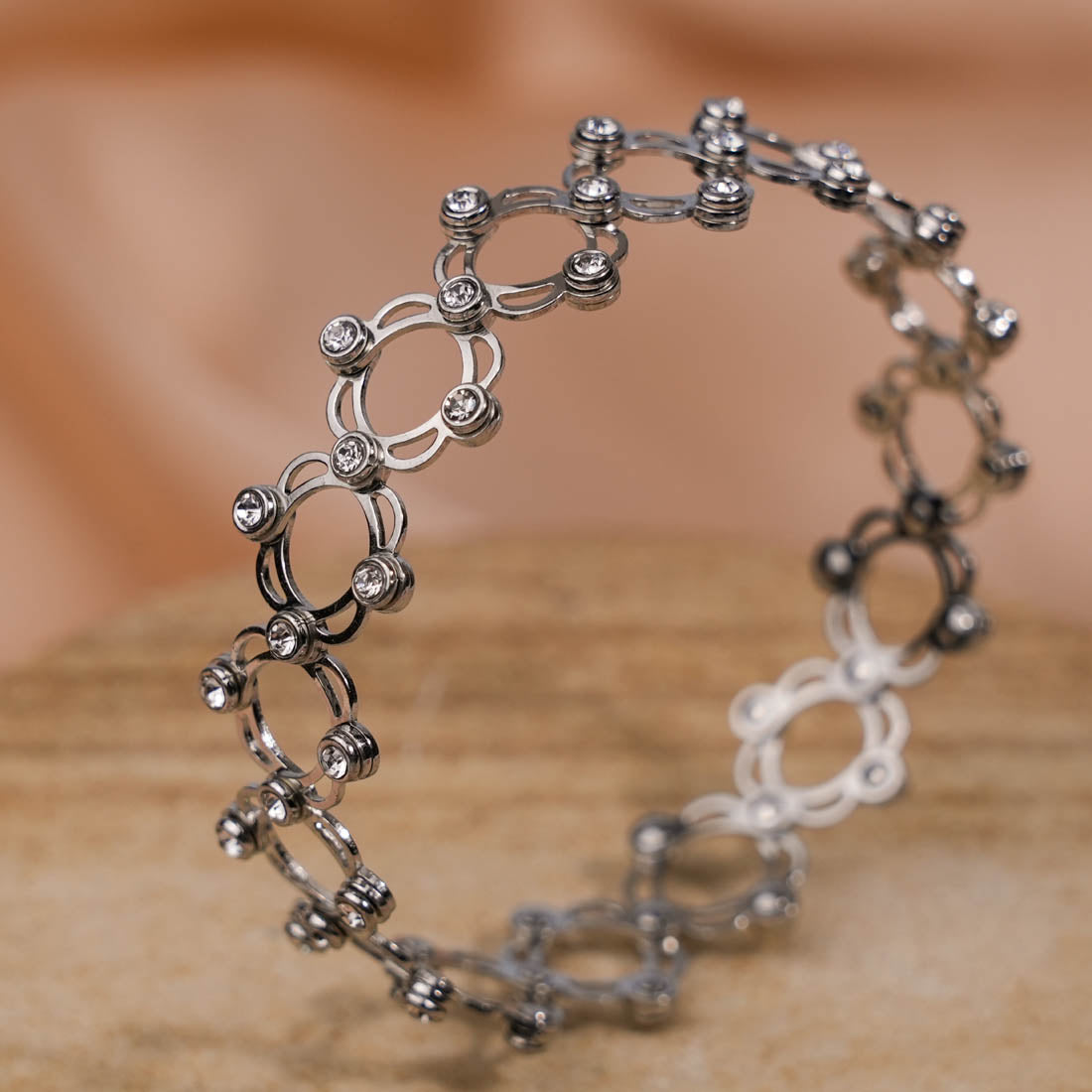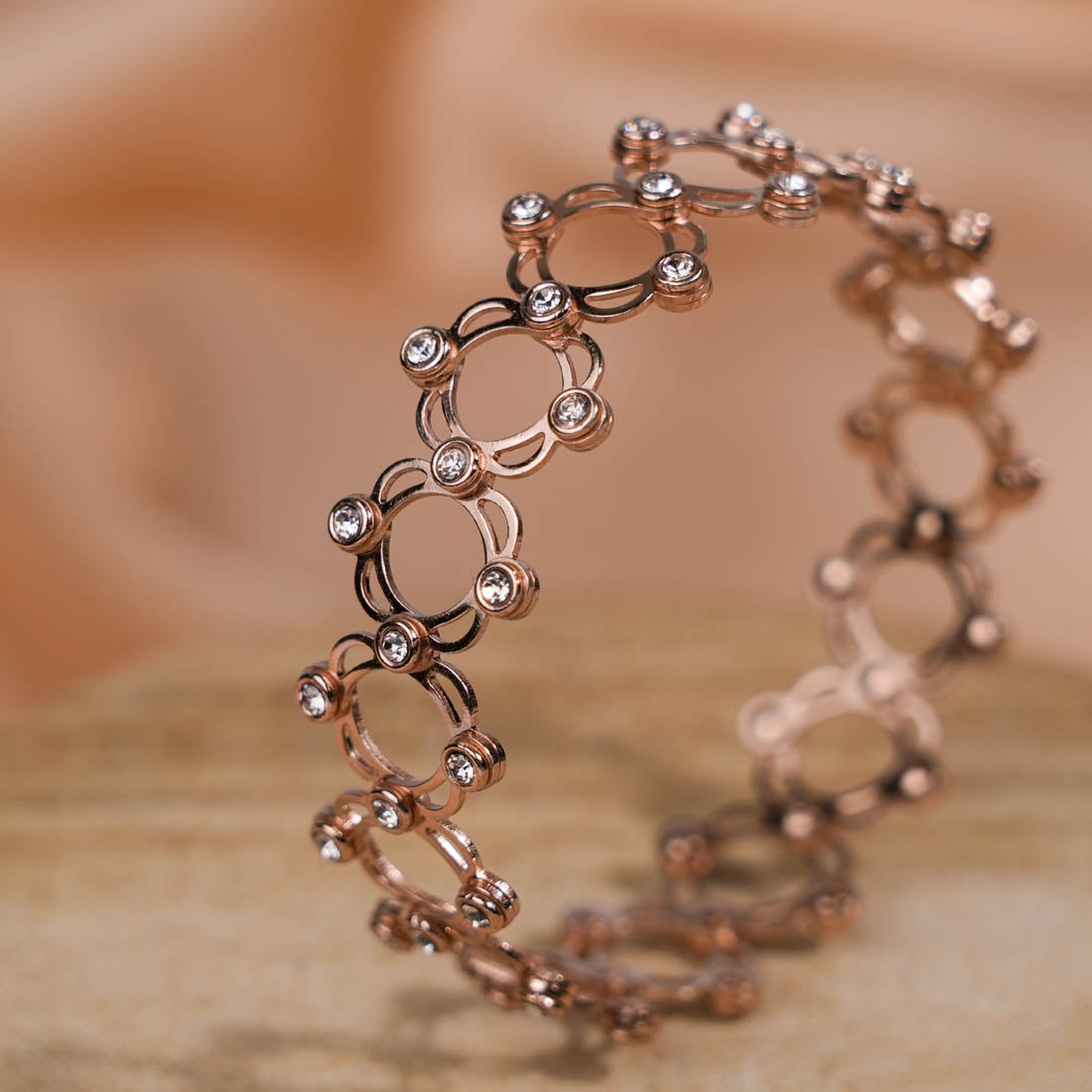Have you ever admired a sparkling stone in a jewelry shop and wondered, “Is this really genuine?” You’re not alone. The gemstone market is full of fakes, glass imitations, treated stones, and cheap substitutes that look real but aren’t. For most people, gemstones aren’t just accessories; they carry deep emotional, cultural, and spiritual meaning. Whether it’s a diamond ring, an emerald pendant, or a ruby bracelet, buying a fake can be heartbreaking and costly.
The good news? With the right knowledge, you can learn how to spot the difference. In this blog, we’ll keep things simple and practical. I’ll walk you through easy at-home checks and professional methods that give you absolute clarity on whether your gemstone is real or fake. And because at Prinjal, we deeply value authenticity in every sacred product we offer, we encourage the same care when it comes to gemstones.
What Are Natural Gemstones and Why Are They Special?

Natural gemstones are minerals formed deep inside the earth over millions of years. Each one is unique, with its own tiny inclusions, weight, and sparkle. These natural imperfections are actually signs of authenticity.
Fake gemstones, on the other hand, are made from glass, plastic, or cheap substitutes designed to mimic the real thing. Some are even natural stones that have been dyed, heated, or glued together to look more valuable.
At Prinjal, though we specialize in Rudraksha jewelry, we share knowledge on authenticity because spiritual seekers deserve the truth whether it’s gemstones or sacred beads.
Real vs. Fake Gemstones: Why Learn the Difference?
Think of a genuine gemstone as a rare treasure of nature, while a fake is like a copy that lacks depth. Real gemstones often have:
- Unique inclusions (tiny natural marks)
- Specific weight and hardness
-
Subtle color variations
Fakes, however, may look “too perfect,” feel lighter, or show signs like bubbles inside. By learning the difference, you’ll buy with confidence and avoid costly mistakes.
Preparing Yourself to Check Gemstones

Before you begin testing, keep a few things in mind:
- Good Lighting: Always examine under natural or bright white light.
- Magnifying Tool: A simple jeweler’s loupe or magnifying glass works.
- Reference Stone: Compare with a certified real gemstone.
-
Patience: Don’t rush spotting fakes takes careful observation.
How to Identify a Fake Gemstone at Home
Here are practical methods you can try without special tools:
- Visual Inspection – Real gems show inclusions; fakes often look overly perfect.
- Weight Check – Natural stones feel heavier than glass or plastic.
- Hardness Test – Diamonds can scratch glass; softer fakes cannot.
- Fog Test (Diamonds) – Real diamonds clear fog instantly, fakes do not.
- Water Drop Test – A real stone may hold a water droplet, fakes spread it.
-
UV Light Test – Many rubies and diamonds fluoresce; imitations stay dull.
Professional Gemstone Identification

For certainty, jewelers and labs use advanced methods like:
- Refractometer testing
- Spectroscope analysis
- Specific gravity checks
- Microscopic examination
-
Lab certification (GIA, IGI, GRS)
Tips to Maintain Confidence While Buying
- Always ask for certification
- Buy from trusted sources that value purity and authenticity
- Don’t fall for “too good to be true” prices
-
Learn the natural look of the gem you’re buying
Common Mistakes to Avoid
- Judging only by appearance (fakes can look flawless)
- Ignoring certification
-
Skipping simple checks like weight or inclusions
Benefits of Identifying a Real Gemstone

- Peace of Mind: Know your money is well-spent
- Emotional Value: Real gems carry true natural energy
- Investment Value: Genuine stones hold or increase worth
-
Spiritual Impact: Authentic stones carry the energy they’re known for
How Do These Tests Work Scientifically?
- Hardness & Density: Every gemstone has a fixed Mohs hardness and specific gravity
- Light Refraction: Real gems bend light uniquely, creating brilliance
- Inclusions: Natural growth patterns prove earth origin
-
Thermal Conductivity: Diamonds disperse heat instantly, unlike glass
Conclusion: Buy Smart, Shine Bright
Identifying a fake gemstone doesn’t have to be complicated. Start with simple at-home checks, and for absolute confidence, go for professional certification.
Remember, a genuine gemstone is never “perfect.” Its tiny flaws and unique sparkle are proof of nature’s creation. The more you learn to recognize these signs, the more confident you’ll feel as a buyer.
At Prinjal, we believe authenticity is sacred. That’s why our Rudraksha jewelry is always pure, certified, and trusted because whether it’s gemstones or sacred beads, the energy only flows when it’s real.





